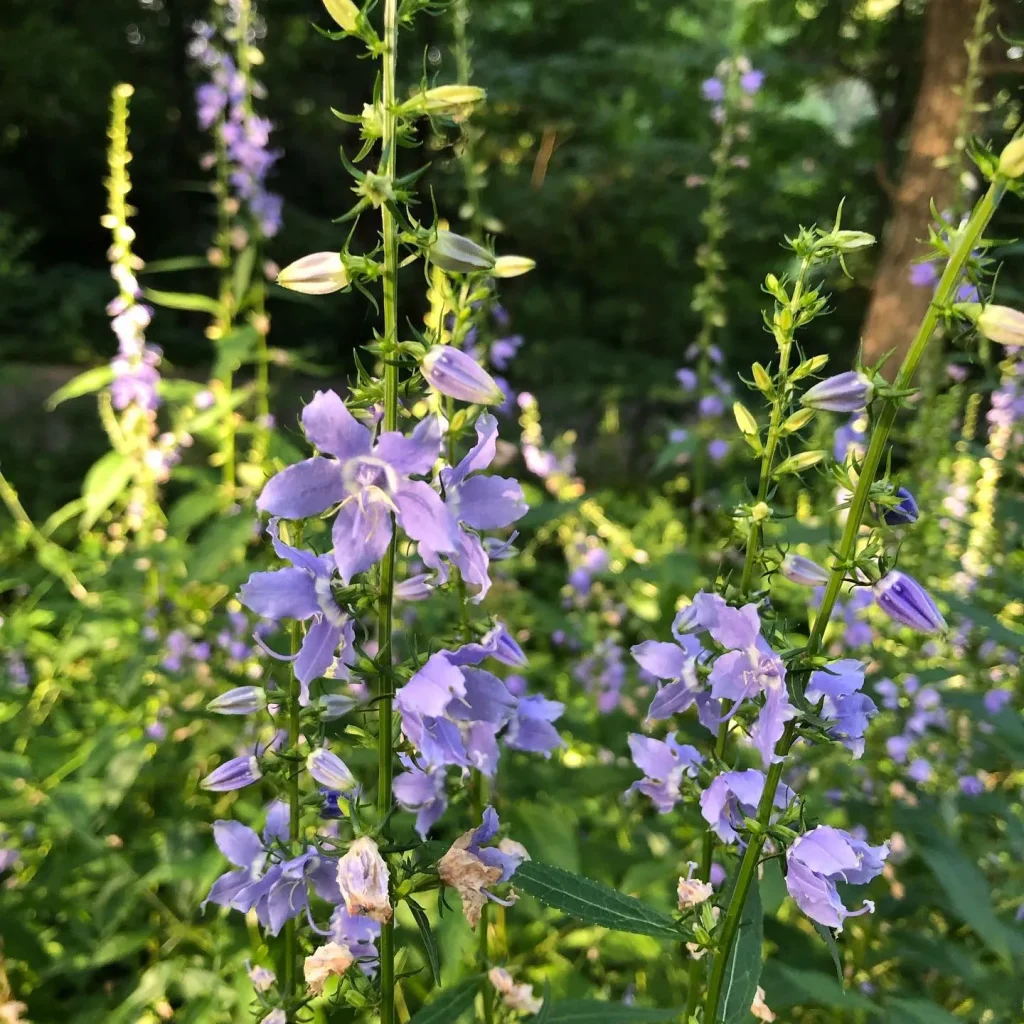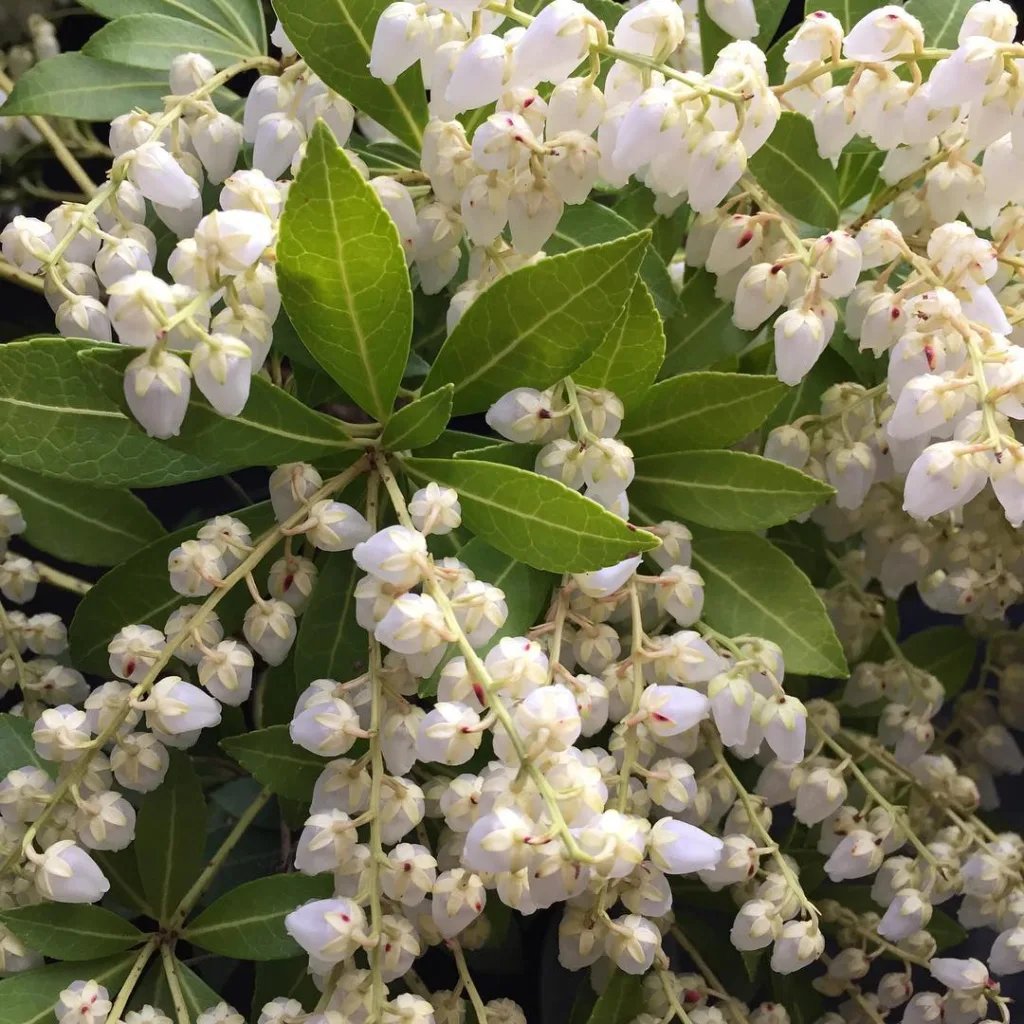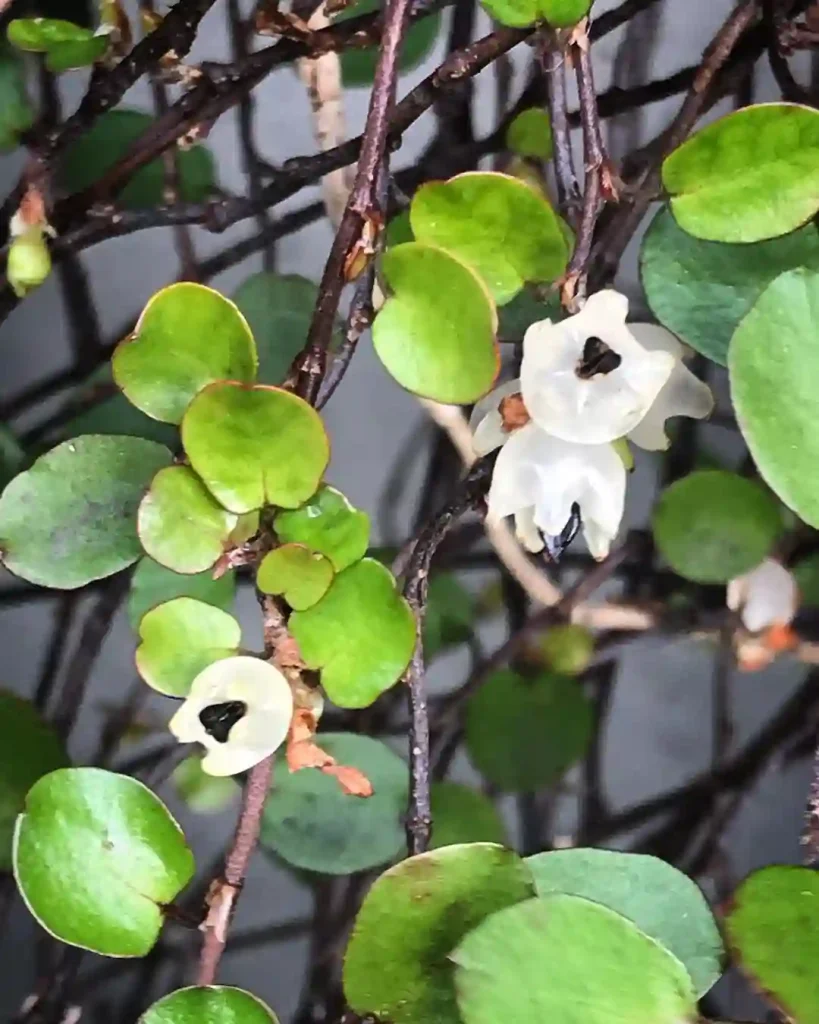FAQs About Victoria Boliviana: A Personal Insight
As a plant enthusiast, I’m always fascinated by the unique and striking specimens in the plant world. One such marvel is the Victoria Boliviana, the largest water lily known to science. It’s more than just an impressive sight; it has a rich history and distinct characteristics that make it stand out. Below, I’ll answer some of the most common questions I’ve come across regarding this remarkable plant.
3 Species in Genus Victoria
What is Victoria Boliviana?
The Victoria Boliviana is a giant water lily species named after the country of Bolivia, where it was discovered. Its most notable feature is its enormous floating leaves, which can grow up to 10 feet in diameter. These large leaves float on water, supported by an intricate network of ribs beneath, and they can hold a significant amount of weight.
When was Victoria Boliviana discovered?
The Victoria Boliviana was officially recognized as a new species in 2022. Although similar giant water lilies have been known for decades, it wasn’t until botanists analyzed this specific species from Bolivia that they realized it was distinct. The species was named to honor its place of discovery and the indigenous heritage associated with the region.
How much weight can the Victoria Boliviana hold?
One of the most impressive characteristics of Victoria Boliviana is its ability to support considerable weight. The giant lily pads can hold up to 176 pounds (80 kilograms) when evenly distributed. This unique feature makes the plant a curiosity for both scientists and gardeners alike. Imagine placing a small child or even a grown adult carefully on one of these pads – it’s not just a visual marvel but also an engineering wonder.
How to care for Victoria Boliviana?
Caring for Victoria Boliviana can be quite demanding due to its size and specific water requirements. It thrives in warm, tropical environments, typically in large ponds or conservatories where it can receive plenty of sunlight. It needs water temperatures of at least 77°F (25°C) and nutrient-rich soil. It’s essential to ensure the pond has enough space for the expansive leaves, as overcrowding can lead to damage and stunted growth.
Can you grow Victoria Boliviana indoors?
Growing Victoria Boliviana indoors is a significant challenge due to its size and need for a large water body. It’s more suited for outdoor water gardens or botanical gardens where space isn’t a limitation. However, if you have access to a controlled greenhouse environment with a large pond, it’s possible to grow it indoors under the right conditions.
Is Victoria Boliviana toxic?
Luckily, Victoria Boliviana is not known to be toxic to humans or animals. This makes it a safer option for water gardens where children or pets might be around. Still, its massive size and spiny undersides require care when handling the plant to avoid injury.
How to propagate Victoria Boliviana?
Propagation of Victoria Boliviana is typically done through seeds. After the plant flowers, it produces a spiny fruit that contains seeds. These seeds are harvested and sown in warm, shallow water, where they’ll germinate into young plants. Propagation can be tricky, as it requires consistent water temperature and specific nutrient conditions to thrive.
What to plant with Victoria Boliviana?
When planting Victoria Boliviana, it’s important to select companion plants that won’t compete for space or resources. Smaller aquatic plants like water lilies (Nymphaea) and Cyperus papyrus can complement the giant lily without overshadowing it. Avoid planting anything too large nearby, as the Victoria Boliviana needs ample room to spread its leaves.
Common problems with Victoria Boliviana
One common problem with Victoria Boliviana is overcrowding, as its massive leaves can quickly take up space in a pond. If not managed properly, this can lead to reduced airflow and light, which can affect the plant’s growth. Another issue is pests, particularly aphids and snails, which can damage the leaves. Keeping the pond clean and maintaining proper water circulation can help prevent these problems.
Benefits of Victoria Boliviana
Besides being a showstopper in water gardens, Victoria Boliviana plays a role in water purification. Its large leaves provide shade, reducing algae growth in ponds and promoting a healthier ecosystem. The plant also supports local wildlife, offering habitat and shelter for aquatic insects and small fish.
How does Victoria Boliviana compare to Victoria Amazonica?
Many people confuse Victoria Boliviana with its close relative, Victoria Amazonica. While both are giant water lilies, Victoria Boliviana is distinct in several ways. First, its leaves tend to be slightly larger, and it grows naturally in a different geographic region. The flowers of Victoria Boliviana are also unique, with subtle differences in petal shape and color when compared to Victoria Amazonica.
Can Victoria Boliviana be grown in colder climates?
Unfortunately, Victoria Boliviana is best suited to tropical and subtropical climates. If you live in a colder region, the plant would not survive outdoors unless you have a heated pond or conservatory to mimic its natural environment. Frost can damage the plant severely, so it’s crucial to maintain warm water temperatures year-round.
Conclusion
The Victoria Boliviana is not just a plant but a living masterpiece. With its breathtaking size, ability to hold weight, and fascinating history, it’s no wonder it has captured the attention of botanists and hobbyists alike. While growing and caring for it requires some expertise, the payoff is more than worth it for those looking to make a statement with their water gardens. I find its presence in any water garden adds a touch of magic, turning a simple pond into a scene straight out of a fairy tale.
If i die, water my plants!



